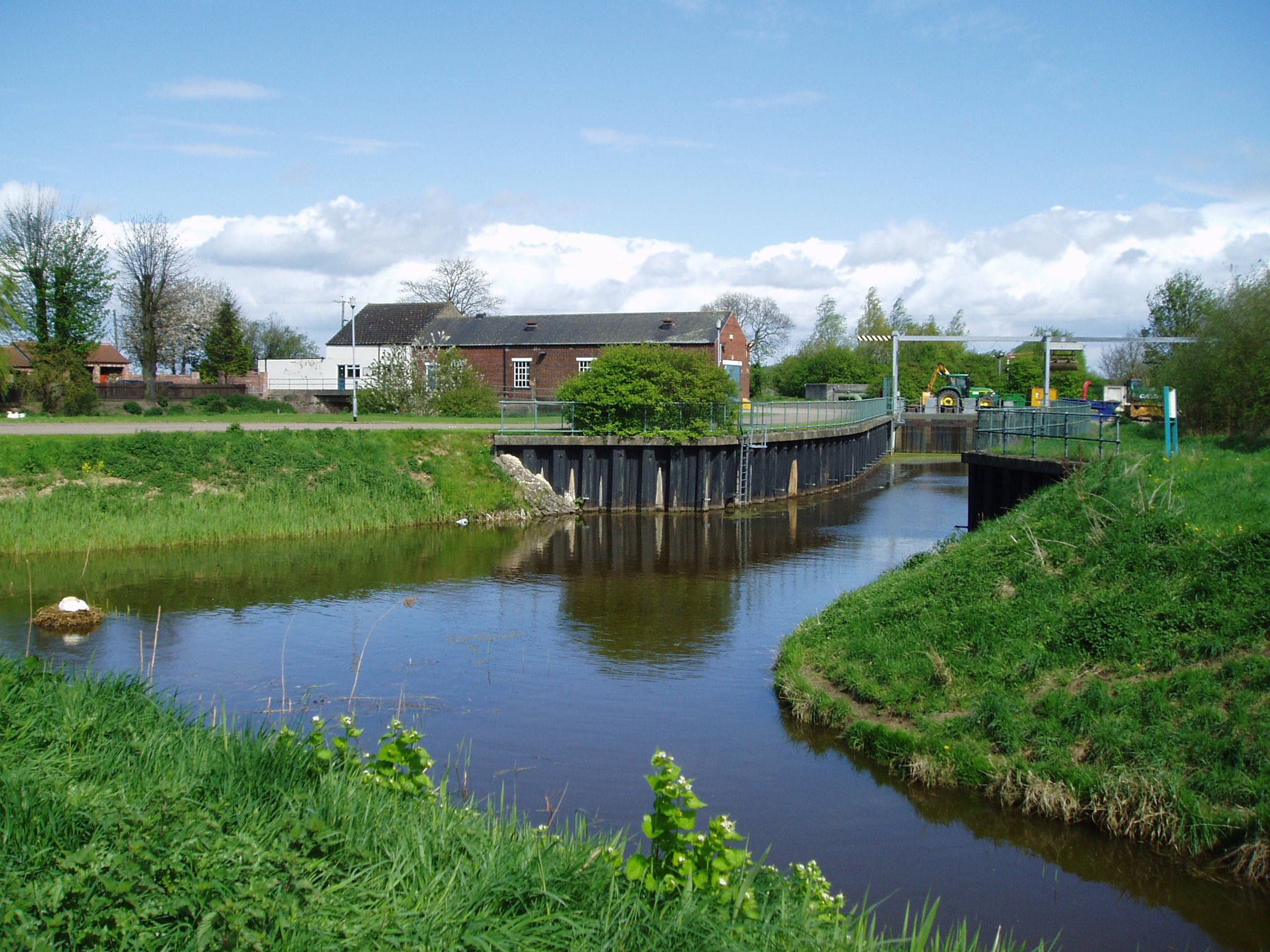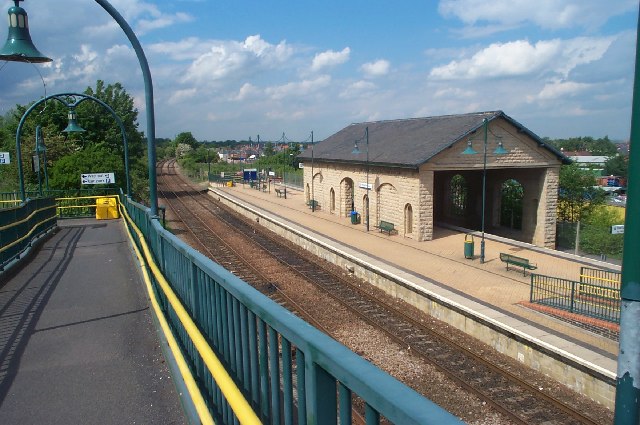|
Sherwood Forest
Sherwood Forest is the remnants of an ancient royal forest, Royal Forest in Nottinghamshire, within the East Midlands region in England. It has association with the legend of Robin Hood. The forest was proclaimed by William the Conqueror and mentioned in the Domesday Book in 1086. The reserve has the highest concentration of ancient trees in Europe.UK Government, Natural England, Nottinghamshire's National Nature Reserve Corporate Report 2014, retrieved on 9 April 2025 Today, Sherwood Forest national nature reserve (United Kingdom), National Nature Reserve encompasses , surrounding the village of Edwinstowe and the site of Thoresby Hall. The reserve contains more than a thousand ancient oaks which are known to be more than 500 years old, with the Major Oak being twice that age. Sherwood Forest is within an area which used to be called ‘Birch Lund’ which is Vikings, Viking in origin, now known as Birklands. The oak trees from Sherwood Forest were used to build the roof of ... [...More Info...] [...Related Items...] OR: [Wikipedia] [Google] [Baidu] |
Nottinghamshire
Nottinghamshire (; abbreviated ''Notts.'') is a ceremonial county in the East Midlands of England. The county is bordered by South Yorkshire to the north-west, Lincolnshire to the east, Leicestershire to the south, and Derbyshire to the west. The largest settlement is the city of Nottingham (323,632), which is also the county town. The county has an area of and a population of 1,154,195. The latter is concentrated in the Nottingham Urban Area, Nottingham built-up area in the south-west, which extends into Derbyshire and has a population of 729,997. The north-east of the county is more rural, and contains the towns of Worksop (44,733) and Newark-on-Trent (27,700). For Local government in England, local government purposes Nottinghamshire comprises a non-metropolitan county, with seven districts, and the Nottingham Unitary authorities of England, unitary authority area. The East Midlands Combined County Authority includes Nottinghamshire County Council and Nottingham City Council. ... [...More Info...] [...Related Items...] OR: [Wikipedia] [Google] [Baidu] |
London
London is the Capital city, capital and List of urban areas in the United Kingdom, largest city of both England and the United Kingdom, with a population of in . London metropolitan area, Its wider metropolitan area is the largest in Western Europe, with a population of 14.9 million. London stands on the River Thames in southeast England, at the head of a tidal estuary down to the North Sea, and has been a major settlement for nearly 2,000 years. Its ancient core and financial centre, the City of London, was founded by the Roman Empire, Romans as Londinium and has retained its medieval boundaries. The City of Westminster, to the west of the City of London, has been the centuries-long host of Government of the United Kingdom, the national government and Parliament of the United Kingdom, parliament. London grew rapidly 19th-century London, in the 19th century, becoming the world's List of largest cities throughout history, largest city at the time. Since the 19th cen ... [...More Info...] [...Related Items...] OR: [Wikipedia] [Google] [Baidu] |
Hatfield Chase
Hatfield Chase is a low-lying area in South Yorkshire and North Lincolnshire, England, which was often flooded. It was a royal hunting ground until Charles I of England, Charles I appointed the Dutch engineer Cornelius Vermuyden to drain it in 1626. The work involved the re-routing of the Rivers River Don, South Yorkshire, Don, River Idle, Idle, and River Torne (England), Torne, and the construction of drainage channels. It was not wholly successful, but changed the whole nature of a wide swathe of land including the Isle of Axholme, and caused legal disputes for the rest of the century. The civil engineer John Smeaton looked at the problem of wintertime flooding in the 1760s, and some remedial work was carried out. Under the Hatfield Chase Drainage Act 1813 (53 Geo. 3. c. clxi), commissioners were appointed, and improvements to the drainage included the first steam pumping engine. The ''Corporation of the Level of Hatfield Chase'' was established by the Level of Hatfield Chase A ... [...More Info...] [...Related Items...] OR: [Wikipedia] [Google] [Baidu] |
Edwin Of Northumbria
Edwin (; c. 586 – 12 October 632/633), also known as Eadwine or Æduinus, was the King of Deira and Bernicia – which later became known as Northumbria – from around 616 until his death. He was the second monarch to rule both of these northern English kingdoms and the first to convert to Christianity. After he died in battle, he was venerated as a saint. Edwin was the son of Ælle, the first known king of Deira, and likely had at least two siblings. His sister Acha was married to Æthelfrith, king of neighbouring Bernicia. Edwin was forced into exile when Æthelfrith conquered Deira. His travels took him to the court of Rædwald of East Anglia, who defeated Æthelfrith in 616, allowing Edwin to ascend the thrones of Bernicia and Deira. After the death of his patron Rædwald around 624, Edwin became the most powerful ruler in Britain. Bede the Venerable includes him in his list of kings who exercised imperium over other Anglo-Saxon monarchs, and the ''A ... [...More Info...] [...Related Items...] OR: [Wikipedia] [Google] [Baidu] |
Hayman Rooke
Major Hayman Rooke (1723–1806) was an English antiquarian and British Army soldier who discovered the Major Oak tree in Sherwood Forest and two Roman Villas near Mansfield Woodhouse, Nottinghamshire. The Major Oak is named after him. Biography Hayman Rooke was born on 20 February 1723 and baptised at St Martin-in-the-Fields in City of Westminster on 19 March of the same year.Major Oak Day accessed October 2011 After a modest military career, in which he achieved the rank of in the 30th Regiment of Foot, Hayman Rooke retired to |
Mansfield Woodhouse
Mansfield Woodhouse is a town and civil parish in the Mansfield District, Mansfield district of Nottinghamshire, England. It is about north of Mansfield, along the main A60 road in a wide, low valley between the Rivers River Maun, Maun and River Meden, Meden.OS Explorer Map 270: Sherwood Forest: (1:25 000): Founded before the Roman Empire, it is noteworthy for its stone-built centre. Originally separate with its own Mansfield Woodhouse Urban District, urban district council, after continuous development it has become a part of the Mansfield Urban Area. After the Local Government Act 1972, Mansfield Woodhouse Urban District, Mansfield Woodhouse and Warsop Urban District, Warsop Urban District Councils merged with the Municipal Borough of Mansfield on 1 April 1974, to form a new local government area known as Mansfield. Mansfield Woodhouse's economy was traditionally based on the quarrying, mining, farming and textile industries. History Roman Period image:Roman Mosaic Pavement M ... [...More Info...] [...Related Items...] OR: [Wikipedia] [Google] [Baidu] |
Roman Villa
A Roman villa was typically a farmhouse or country house in the territory of the Roman Republic and the Roman Empire, sometimes reaching extravagant proportions. Nevertheless, the term "Roman villa" generally covers buildings with the common features of being extra-urban (i.e. located outside urban settlements, unlike the ''domus'' which was inside them) and residential, with accommodation for the owner. The definition also changed with time: the earliest examples are mostly humble farmhouses in Italy, while from the Roman Republic, Republican period a range of larger building types are included. Typology and distribution The present meaning of "villa" is partially based on the fairly numerous ancient Roman written sources and on archaeological remains, though many of these are poorly preserved. The most detailed ancient text on the meaning of "villa" is by Varro (116–27 BC) dating from the end of the Republican period, which is used for most modern considerations. But R ... [...More Info...] [...Related Items...] OR: [Wikipedia] [Google] [Baidu] |
Roman Britain
Roman Britain was the territory that became the Roman province of ''Britannia'' after the Roman conquest of Britain, consisting of a large part of the island of Great Britain. The occupation lasted from AD 43 to AD 410. Julius Caesar invaded Britain in 55 and 54 BC as part of his Gallic Wars. According to Caesar, the Britons had been overrun or culturally assimilated by the Belgae during the British Iron Age and had been aiding Caesar's enemies. The Belgae were the only Celtic tribe to cross the sea into Britain, for to all other Celtic tribes this land was unknown. He received tribute, installed the friendly king Mandubracius over the Trinovantes, and returned to Gaul. Planned invasions under Augustus were called off in 34, 27, and 25 BC. In 40 AD, Caligula assembled 200,000 men at the Channel on the continent, only to have them gather seashells () according to Suetonius, perhaps as a symbolic gesture to proclaim Caligula's victory over th ... [...More Info...] [...Related Items...] OR: [Wikipedia] [Google] [Baidu] |
Palynology
Palynology is the study of microorganisms and microscopic fragments of mega-organisms that are composed of acid-resistant organic material and occur in sediments, sedimentary rocks, and even some metasedimentary rocks. Palynomorphs are the microscopic, acid-resistant organic remains and debris produced by a wide variety of plants, animals, and Protista that have existed since the late Proterozoic.Neuendorf, K.K.E., J.P. Mehl, Jr., and J.A. Jackson, eds., 2005, ''Glossary of Geology'' (5th ed.). Alexandria, Virginia, American Geological Institute. 779 pp. It is the science that studies contemporary and fossil palynomorphs (paleopalynology), including pollen, spores, orbicules, dinocysts, acritarchs, chitinozoans and scolecodonts, together with particulate organic matter (POM) and kerogen found in sedimentary rocks and sediments. Palynology does not include diatoms, foraminiferans or other organisms with siliceous or calcareous tests. The name of the science and o ... [...More Info...] [...Related Items...] OR: [Wikipedia] [Google] [Baidu] |
Forest Of East Derbyshire
The Forest of East Derbyshire was, in the Middle Ages, an area of wooded heath between the rivers Derwent and the Erewash in Derbyshire. Unlike the Forest of High Peak and Duffield Frith it was not taken over by William I, but became a royal forest in the reign of Henry II. Stretching as it did over practically the whole length of the present-day county it was much larger than the other two. Bordering on Sherwood Forest, it made a continuous area stretching from the River Derwent to the Trent. The custodians were the Cauz family of Laxton in Nottinghamshire, who had inherited it from Geoffrey Alselin who was related by marriage to Gerard de Normanville, who it is believed had been made custodian of Sherwood Forest by William I. Matilda de Cauz had married Ralph fitzStephen, chamberlain to Henry II. On his death in 1202, King John seized the manor of Laxton and her custodianship of the forest, which were restored to her in 1217 after his death. Custodianship of Sher ... [...More Info...] [...Related Items...] OR: [Wikipedia] [Google] [Baidu] |
River Erewash
The River Erewash is a river in England, a tributary of the River Trent that flows roughly southwards through Derbyshire and Nottinghamshire, forming the boundary between the two counties for much of its length. It rises near Kirkby-in-Ashfield, and passes close to Pinxton, Ironville, Langley Mill, Eastwood, Ilkeston, Trowell, Stapleford, Sandiacre, Toton and Long Eaton to reach the River Trent near Beeston. It shares its valley with a railway line from Kirkby-in-Ashfield to Pye Bridge Junction, and the Erewash Valley line below the junction. The Pinxton Branch of the Cromford Canal runs parallel to the upper reaches, and below Ironville the main line of the abandoned Cromford Canal enters the valley. At Langley Mill, both the Erewash Canal and the abandoned Nottingham Canal fit into the valley, with the Nottingham Canal turning to the east at Trowell, and the Erewash Canal continuing through Long Eaton when the river turns to the east to reach its mouth. The ... [...More Info...] [...Related Items...] OR: [Wikipedia] [Google] [Baidu] |







